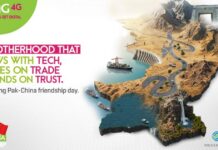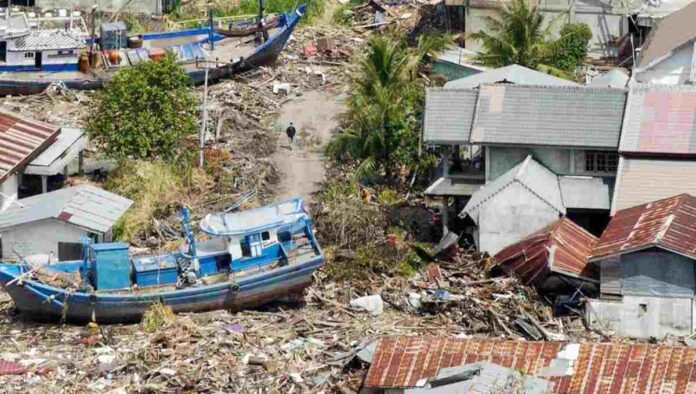26 December marks 20 years to the devastating Boxing Day Tsunami that caused 250,000 people to perish. Among the deadliest natural disasters in history, it transformed global disaster management practices. A few important lessons stand out: early warning systems, building community resilience, the importance of coastal defences and the impact of climate change.
1. The Importance of Early Warning Systems
The high mortality toll in 2004 was partly caused by the absence of an effective early warning system. For instance, even though the tsunami didn’t reach the shore of Sri Lanka until two hours after the earthquake, some 35,000 people died there.
Considerable progress has been made since then. For example, the Indian Ocean Tsunami Warning System can send out alerts in as little as eight minutes and currently covers 27 nations. After an earthquake off the Indonesian coast in 2012, this method was able to successfully warn of a tsunami. Similarly, with the Noto earthquake in 2024, Japan’s quick tsunami warnings prevented fatalities.
However, these systems can be flawed. For example, in 2022, an underwater volcano near Tonga erupted, resulting in a tsunami that was missed by warning systems. Improved volcanic activity monitoring might have prevented the impact.
.jpg)
2. Building Community Resilience
Early warnings are important, but they are insufficient in and of themselves. At the local level, preparedness and education are crucial. Individuals must be aware of the dangers and know what to do in case of a tsunami. For instance, following the 2011 tsunami tragedy, engineers improved evacuation routes in the Japanese community of Jike. Despite the community being destroyed, no one was killed when the Noto tsunami struck in 2024 because the residents quickly evacuated using new stairs.
Read more: Why Is Tsunami Awareness Day Important: Remembering Deadliest Tragedy
3. Coastal Defences: Their Limits and Role
Many nations made investments in coastal defences including seawalls and breakwaters in the years after the 2004 tragedy. These defences have limits even if they offer some protection. For instance, even strong defences, such as a wall five meters high, were unable to stop severe flooding in the city of Watari during the 2011 tsunami. These incidents show that no building is completely resistant to a huge wave. Power plants and other vital infrastructure, however, must be constructed to survive severe weather conditions. The goal is for the structures to be functional enough to support evacuation attempts, even though some may fail.
The two categories of tsunami risk are currently distinguished by engineers in Japan as Level 1 (less severe but more frequent) and Level 2 (rare but devastating). Even if it means that buildings could flood without being destroyed, infrastructure should be built to endure Level 2 tsunamis.
While hard defences have their place, there’s also value in planning more sustainable coastal communities. In some cases, nature-based solutions, like strengthening coral reefs or planting coastal forests, might be more effective and environmentally friendly.
4. The Impact of Climate Change
Despite significant progress, there are still challenges to overcome. Many places around the world still lack proper data sharing and communication regarding tsunami risks. Over time, memories of past disasters fade, and people become less prepared.
Additionally, climate change is raising sea levels and increasing the frequency of extreme weather. While climate change doesn’t cause more tsunamis, it can make them more destructive. Rising sea levels can also weaken existing coastal defences, making them less reliable.
While the lessons from the 2004 tsunami have led to improvements in early warning systems, community preparedness, and coastal defences, there is still work to be done. By continuing to invest in research and strengthening our global disaster management systems, we can reduce the impact of future tsunamis and protect lives.
Stay tuned to Brandsynario for the latest news and updates.





































